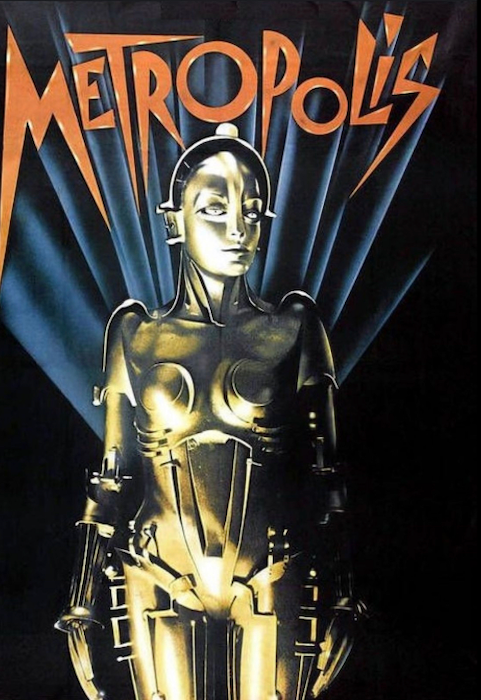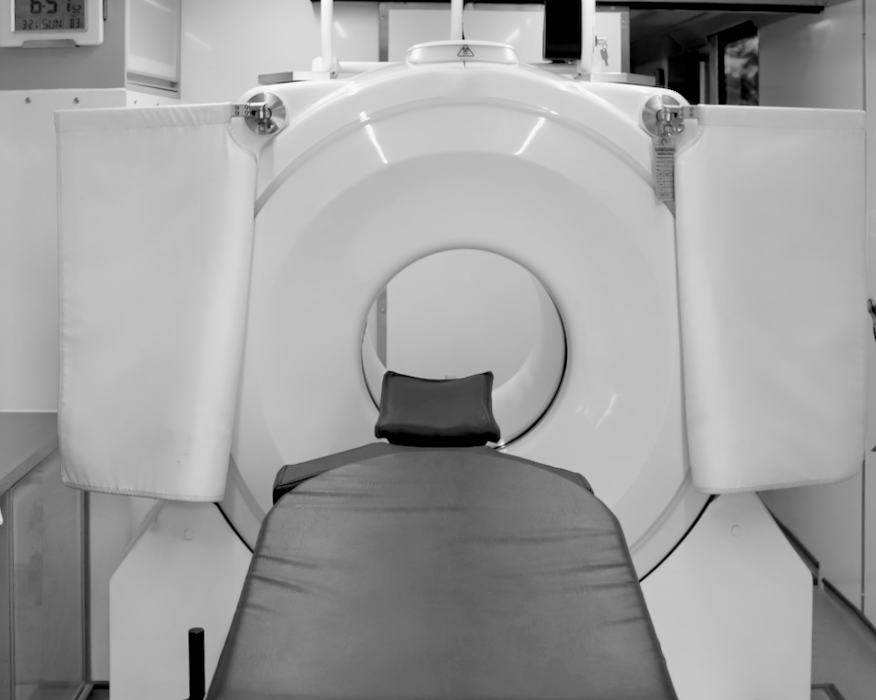
eXtensions - Monday 27 November 2023
By Graham K. Rogers

Fall and rise at Open AI. What was the breakthrough that set off this chain reaction; and did Microsoft muddy the waters? AI potential and problems. Spoon-fed students Oppenheimer: an experience not to miss. Gary Oldman returns with the Slow Horses.
 There have been some interesting events involving OpenAI and its resident genius, Altman, after the board sacked him as he had apparently not been fully open with them about some significant developments. Artificial Intelligence worries me in terms of the ideas surrounding ChatGTP and related software. I am also concerned about the doomsday potential of an all powerful non-human intelligence. I know that sounds as if I have been watching too many movies like Terminator, but predictions in a number of fictional works over the years - books and movies - have ended up coming uncomfortably close to the truth.
There have been some interesting events involving OpenAI and its resident genius, Altman, after the board sacked him as he had apparently not been fully open with them about some significant developments. Artificial Intelligence worries me in terms of the ideas surrounding ChatGTP and related software. I am also concerned about the doomsday potential of an all powerful non-human intelligence. I know that sounds as if I have been watching too many movies like Terminator, but predictions in a number of fictional works over the years - books and movies - have ended up coming uncomfortably close to the truth.
There is no doubt that AI has its uses. My own experience is two-fold: valuable student projects and academic research; and the use of AI in writing. I have checked several articles and project documents that have been about AI in medical technology. Identifying problems in images, like X-rays or other medical imaging is a tedious task and some times a less experienced analyst (or doctor) may miss something critical. The projects I have been asked to look at concerned identifying different cancers, and traces of COVID in lungs.
The AI is trained on hundreds or thousands of images: with and without the specific problem, so the software learns statistically what is,what is not, and what might be a positive diagnosis. Note that, statistically. It is not intelligent, but it is quick and simply works on a sophisticated flow chart system that starts with Yes/No and descends into "maybes" and "possiblys" in a series of binary tasks or questions. It is the rapid statistical analysis that gives the appearance of intelligence.

ChatGTP and other generators bring in a different set of statistical possibilities as the software is trained on millions of texts. There is an ethical problem here as some of this is on the internet and could be yours or mine, and there are also thousands and thousands of copyrighted texts that have been sucked up to give an appearance of knowledge with its decision-making abilities. Ask a question and an answer appears based on the input and the content that it can access. That is fine when the secretary asks it to come up with a list of potential actions, as the output will be examined and refined. One might also consider examples where the future of the supply chain could be improved by the use of AI with the ability to analyse these complex systems more swiftly.
From my position, there is a difference in terms of ethics and accuracy when the software is asked to write a paper. Ethically, hoovering up hundreds of texts that were written by other people is questionable: plagiarism by machine. Another problem that has been covered extensively by such sites as Retraction Watch, is that sometimes the content that is produced, contains factual errors. Retraction Watch picked this up because the authors did not check. This is also a problem with the sites that examine grammar or paraphrase. Sometimes they introduce mistakes, while paraphrasing sites produce errors and risk turning a vibrant text into a boring read: using weak synonyms for the sake of change. The non-native speakers that I work with do not have enough background to sense this; and few students check, relying entirely on the output from the site.
I am against these shortcuts for a couple of reasons: my students need to learn how to write by themselves; and there is no shortcut to learning or better writing. Hemingway revised the draft first chapter of The Old Man and the Sea some 50 times, while Gustave Flaubert rewrote Madam Bovary, 2 pages a day. By going from a few handwritten notes to what appears to be perfect content, the student learns nothing. If they send written content to me, my comments will not give them the answer but guide them in the right direction so they make a discovery and there is learning. This seems to be rather old fashioned and many students these days prefer to be spoon-fed: not in my class.
3 hours after OpenAI co-founder and board director Ilya Sutskever told staff Sam Altman would not return as chief executive officer, Microsoft CEO Satya Nadella said Altman, Greg Brockman and other OpenAI employees would join Microsoft to lead "a new advanced AI research team." Nadella said on X that Microsoft would move "quickly to provide them with the resources needed for their success," which likely means access to servers with Nvidia's highly in-demand graphics processing units. Microsoft rents GPUs to OpenAI as its exclusive cloud provider.
In a follow-up tweet, Nadella indicated Altman's new team would have an "independent" identity and culutre, comparing the relationship to the Microsoft-owned GitHub and LinkedIn teams. To remain ethical, some of my information above came from Information, a site that continues to follow this story.
I wondered about Microsoft's offer as they already had 49% of the OpenAI shares and an IPO - a stock launch - was planned for the near future. Several members of the company were suddenly looking at a major loss. With Altman in the building, the future would have been financially good, but suddenly he was gone. There was open (non-violent) revolt in the company with several high level executives resigning and many other employees following or threatening to. With outside commentators piling on and a change in some board members, Altman returned and members of the board who had been instrumental in his sacking left the building.
 In a comment in The Article, Raymond Keene, who normally writes on Chess matters, discussed electric cars and their popularity before the Ford Model T. He writes that Austro-Bohemian engineer Ferdinand Porsche worked on his electric wheel hub motor and then, in 1900, he attached it to a new car and supplemented it with an internal combustion engine, thus creating the world's first hybrid vehicle. It was called the Lohner-Porsche Mixte. Many will know that Dr. Porsche was also responsible for the first VolksWagen cars: the Beetle, but where did that reliable engine come from? That was borrowed from BMW.
In a comment in The Article, Raymond Keene, who normally writes on Chess matters, discussed electric cars and their popularity before the Ford Model T. He writes that Austro-Bohemian engineer Ferdinand Porsche worked on his electric wheel hub motor and then, in 1900, he attached it to a new car and supplemented it with an internal combustion engine, thus creating the world's first hybrid vehicle. It was called the Lohner-Porsche Mixte. Many will know that Dr. Porsche was also responsible for the first VolksWagen cars: the Beetle, but where did that reliable engine come from? That was borrowed from BMW.
The flat twin "boxer" engine in the motorcycles was the basis, with Porsche basically joining two of these together: a flat-4. As the same engine concept ended up in Porsche's 911 and other models, that BMW was quite something. I first rode a 750 Boxer twin (R75) in the police while my police Honda 750 was sick. I was instantly impressed. For a year or so, as well as the larger K100 models, I owned an 850cc BMW twin: the R85GS model that also allowed me some experience on unmade tracks that exist here.
The movie Oppenheimer finally became available in the iTunes Store here last week and I downloaded it, but was unable to find time to watch until Saturday. With the length at some 3 hours, I thought I would split this into 2 sessions., but was so taken by the experience that I watched the whole thing in one go. I am not going to download Barbie. However, I intend to watch Ridley Scott's Napoleon which is arriving in theatres this week. Ed Hardy (Cult of Mac) has a look at this and is fairly complimentary, as is Simon Dillon (Medium).
Less enthusiastic is Agnès Poirier (Guardian) a French lady who saw this "industrial-grade sex-and-battles disaster" alone in a small theatre in Paris. "How could so many talents behind and in front of the camera, such a rich subject and so many means lead to such debacle?" she laments. I will still watch it of course when it arrives on AppleTV apparently in a full 4-hour version: not quite the length of the Abel Gance movie (5h 30m) which was showing at the Barbican the same day I went to see Henry IV Parts 1 and 2 with the recently-deceased Joss Ackland as Falstaff in 1982.
Returning to AppleTV this week is Slow Horses, the wonderfully grimy spy series with Gary Oldman leading a group of demoted agents who are perhaps more effective than the smart professionals from the central London HQ. The next series (3) was due on Friday 1 Dec, but Apple has brought this forward to Wednesday as the latest trailer clearly shows 29 November as does the display on the AppleTV interface. A couple of other shows are now arriving on Wednesdays instead of their previous Friday schedules: Cooking with Science, and For All Mankind, both of which I am enjoying immensely. Also doing well is Monarch: Legacy of Monsters, a monster movie (remember Godzilla) that I had not intended to watch. However, some positive comments from Ed Hardy (Cult of Mac) has me interested and I may take a look. Kurt Russel and son Wayne are in this with the character appearing in the 1950s and today.
 I have not had much luck with experimentation of late. After writing about Open Source graphics programs, I found that my copy of Gimp crashed, while Hugin needs a reinstall. This week I saw some notes online that referred to the ability of the iPhone 15 Pro to tether to a Mac. I do this with my DSLR and it is a feature that professional photographers find immensely useful in a studio. It sounded like a good idea so I grabbed the cables and connected the iPhone to the Mac. I tried Photos first: surely Apple would add this feature to its own application? No.
I have not had much luck with experimentation of late. After writing about Open Source graphics programs, I found that my copy of Gimp crashed, while Hugin needs a reinstall. This week I saw some notes online that referred to the ability of the iPhone 15 Pro to tether to a Mac. I do this with my DSLR and it is a feature that professional photographers find immensely useful in a studio. It sounded like a good idea so I grabbed the cables and connected the iPhone to the Mac. I tried Photos first: surely Apple would add this feature to its own application? No.
Undeterred, I had a look at a number of the other graphics aps I use, but they all failed to respond. I do not have Capture One - a heavyweight editing application I have tried before - but that apparently works. I also had a look at the two programs I have that are specifically designed for tethering: Sofortbild and Smart Shooter 3. With the former, nothing happened and the software failed to detect the iPhone. Smart Shooter 3 crashed each time I tried, which I do not consider a reflection on the application which normally works perfectly (with the DSLR). I will keep looking as this feature is useful, particularly with the output quality of the latest iPhones.
Tethering is a feature I would love to see on the iPad Pro (along with flatbed scanner access). It is possible if you have a mirrorless Hasselblad and use their application, but no other camera makers (or developers) have made the step to include tethering in their apps.
Graham K. Rogers teaches at the Faculty of Engineering, Mahidol University in Thailand. He wrote in the Bangkok Post, Database supplement on IT subjects. For the last seven years of Database he wrote a column on Apple and Macs. After 3 years writing a column in the Life supplement, he is now no longer associated with the Bangkok Post. He can be followed on Twitter (@extensions_th)

For further information, e-mail to
Back to
eXtensions
Back to
Home Page